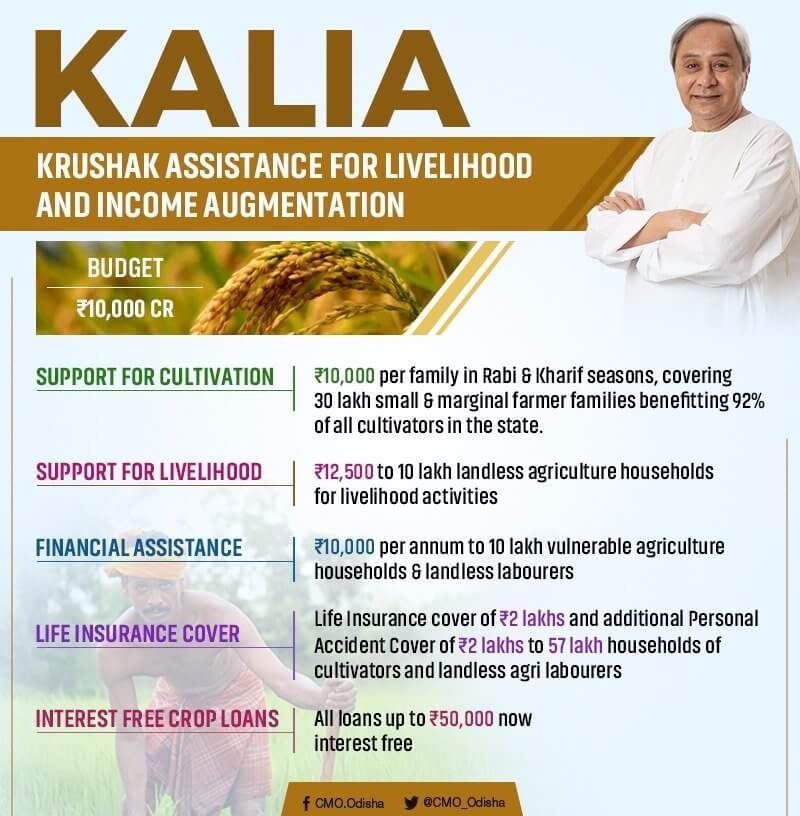
Central idea
Odisha’s agricultural transformation, exemplified by a shift from scarcity to surplus, stands as a model for climate-resilient and equitable food security. The state’s success lies in empowering small and marginal farmers, embracing crop diversification, and proactively addressing climate vulnerabilities.
Key Highlights:
- Odisha’s Agricultural Transformation: From importing rice to recording its highest food grain production in 2022, focusing on small and marginal farmers, and tripling average rice yield in two decades.
- Resilience and Sustainability: Odisha’s proactive approach to climate change, developing a comprehensive Climate Change Action Plan covering various sectors, implementing climate-resilient cultivation practices, and adopting innovative measures for crop monitoring.
- Social Protection: Odisha’s partnership with the United Nations World Food Programme, ranking as the top state in the National Food Security Act for 2022, and collaboration on food security, livelihood, and climate resilience initiatives.
Key Challenges:
- Climate Vulnerability: Odisha’s susceptibility to climate change impacts, including cyclones, floods, and droughts, posing risks to livelihoods and infrastructure.
- Implementation Hurdles: The need for effective implementation of climate-resilient practices at the ground level, overcoming potential challenges in executing the Climate Change Action Plan.

Key Terms and Phrases:
- Krushak Assistance for Livelihood and Income Augmentation (KALIA)
- Odisha Millet Mission
- Climate-resilient cultivation practices
- Crop Weather Watch Group
- Integrated farming
- Zero-input-based natural farming
- Biometric technology in the Targeted Public Distribution System
- Rice fortification
- National Food Security Act
Key Quotes:
- Odisha Chief Minister Naveen Patnaik: “Zero Hunger” goal commitment at the United Nations World Food Programme headquarters.
- Anu Garg: “Odisha’s transformative journey presents a unique development model for other States in the context of the challenges of global climate change.”
Key Statements:
- Odisha’s transition from food grain scarcity to surplus, climate-proofing agricultural systems, and ensuring food and nutrition security for vulnerable populations.
Key Examples and References:
- Use of biometric technology in the Targeted Public Distribution System in Rayagada district.
- Rice fortification initiatives in Gajapati district.
Key Facts and Data:
- Odisha’s contribution to India’s rice production, ranking as the top state in the National Food Security Act for 2022.
Critical Analysis:
- Odisha’s success in achieving surplus production and resilience can serve as a model for other states facing similar challenges.
- The effectiveness of climate-resilient practices and the Climate Change Action Plan in mitigating climate risks need continuous evaluation.
Way Forward:
- Scaling Successful Initiatives: Expanding successful schemes like KALIA and promoting crop diversification to enhance resilience.
- Technological Integration: Continued integration of technology in agriculture for monitoring, early warning systems, and precision farming.
- International Collaboration: Strengthening partnerships with international organizations for knowledge exchange and resource mobilization.
Get an IAS/IPS ranker as your 1: 1 personal mentor for UPSC 2024

 Mentorship March Batch Launch
Mentorship March Batch Launch